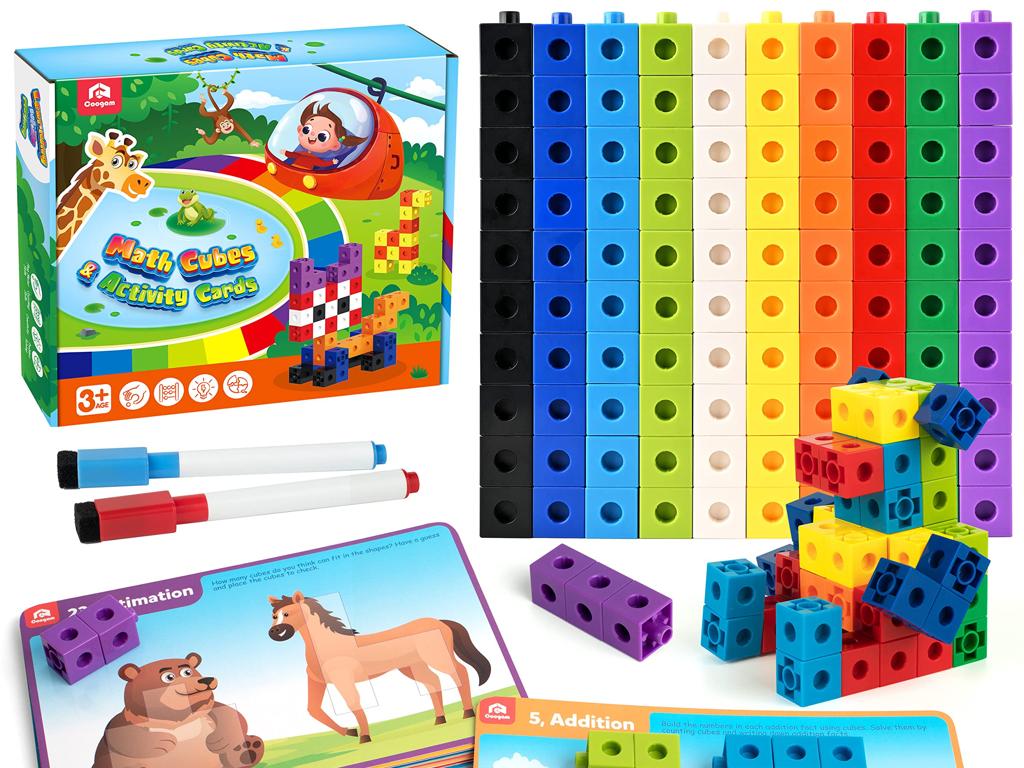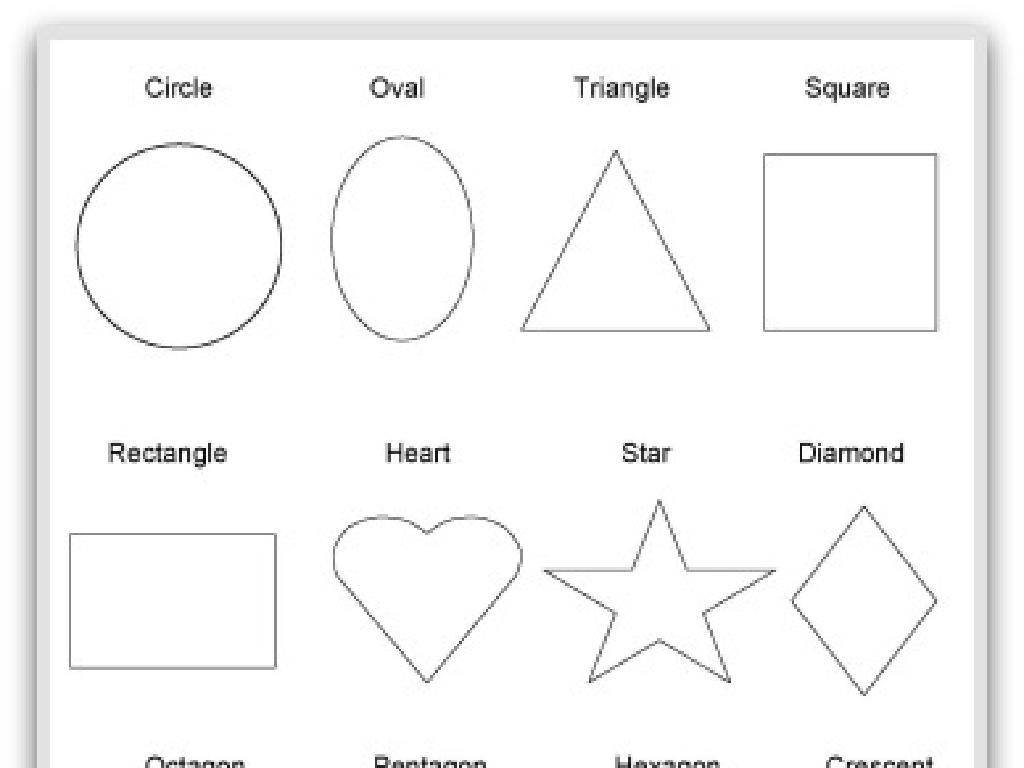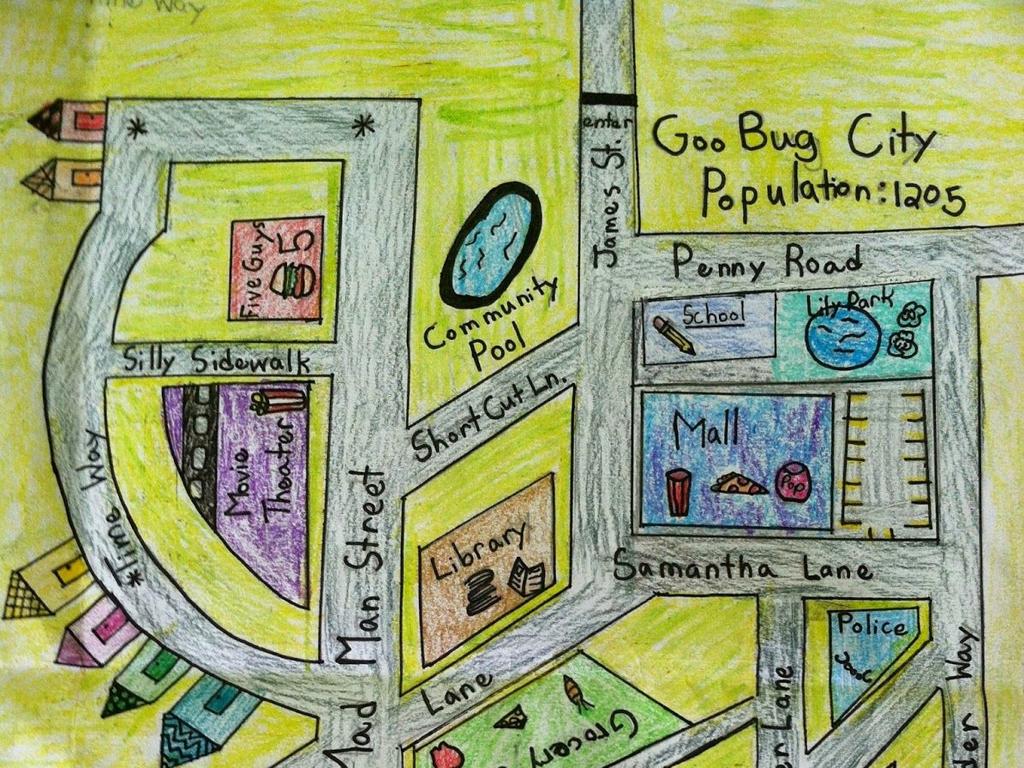Interpret Bar Graphs
Subject: Math
Grade: Seventh grade
Topic: Data And Graphs
Please LOG IN to download the presentation. Access is available to registered users only.
View More Content
Understanding Bar Graphs
– What are bar graphs?
– A chart with rectangular bars showing values for categories
– Visual representation of data
– Each bar’s height or length represents data values
– Comparing different categories
– Easy to see which category is highest or lowest
– Bar graphs in real-world scenarios
– Used in weather reports, surveys, and business sales
|
This slide introduces students to the concept of bar graphs as a tool for representing data visually. Bar graphs use bars to show the comparison among different categories. It’s important for students to understand that the height or length of the bar corresponds to the data value. This makes it easier to compare and contrast information. Provide examples of bar graphs from everyday life, such as weather temperature charts, class survey results, or monthly sales reports, to illustrate their practical application. Encourage students to think about why visual representation of data can be more effective than lists of numbers for certain types of analysis.
Understanding Bar Graphs
– Bar graphs visualize data
– A chart with rectangular bars representing quantities
– Bars compare different categories
– Bars of varying height/length illustrate comparisons
– Each bar signifies a specific value
– Height/length of bar correlates to data magnitude
– Analyzing data with bar graphs
|
A bar graph is a fundamental tool in mathematics for visually representing data. It consists of rectangular bars, where the length or height of each bar is proportional to the value it represents. Bar graphs are particularly useful for comparing data across different categories. When teaching students, emphasize how to read the scale, identify each category, and understand what each bar’s height or length signifies in terms of real-world quantities. Encourage students to analyze bar graphs by asking questions about the data presented and what conclusions can be drawn from the visual representation.
Parts of a Bar Graph
– Title: Guides the graph’s purpose
– Axis: X-axis and Y-axis labels
– X-axis typically shows categories, Y-axis shows values
– Bars: Visual representation of data
– Height or length of bars correlates with data values
– Scale: Shows the graph’s units
– Evenly spaced increments to accurately measure data
|
This slide introduces the fundamental components of a bar graph, which is a visual tool for representing data. The title of the graph provides a clear indication of what information the graph is displaying. The axes are labeled to show what each axis represents, with the x-axis usually denoting the categories being compared and the y-axis indicating the values or frequencies. Bars of varying heights or lengths represent the data values; their size is proportional to the value they represent. The scale is crucial as it determines the units used and helps in accurately interpreting the data. Ensure students understand each part’s role and how they come together to make a bar graph an effective means of data representation.
Interpreting Bar Graphs
– Reading scale and axes
– Check the labels and units on the graph’s axes.
– Comparing bar lengths
– Look at how tall or long each bar is to compare.
– Interpreting the data
– What story is the data showing us?
– Drawing conclusions
– Use the information to make informed decisions.
|
This slide aims to teach students the fundamental skills needed to interpret bar graphs effectively. Start by explaining how to read the scale and axes, emphasizing the importance of understanding the units and increments used. Then, guide students on how to compare the lengths of bars to determine the values they represent. Discuss how to analyze the data to understand the trends, patterns, or differences it may indicate. Finally, encourage students to think critically about what the data tells us and how it can be used to draw conclusions in real-world scenarios. Provide examples of bar graphs for students to practice these skills, and prepare to answer questions they may have about interpreting data.
Types of Bar Graphs
– Vertical bar graphs
– Bars go up-down, useful for comparing different categories
– Horizontal bar graphs
– Bars go left-right, can be easier to read labels
– Appropriate usage of each type
– Vertical for categories, horizontal for longer labels or more categories
– Comparing data with bar graphs
|
This slide introduces students to the two main types of bar graphs and when to use them. Vertical bar graphs are standard and great for comparing different items or categories where the height of the bar represents the value. Horizontal bar graphs are particularly useful when dealing with longer category labels or a large number of categories that would be difficult to fit along the bottom of a vertical graph. Encourage students to think about why one might be more effective than the other in different scenarios. For example, if they were to graph the favorite school lunch meals, which type of bar graph would be more appropriate and why? This will help them understand the practical application of each type of bar graph.
Creating a Bar Graph: Step by Step
– Collect relevant data
– Gather information you want to represent.
– Choose a suitable scale
– Scale must reflect the data range appropriately.
– Draw axes and bars accurately
– Ensure bars represent data proportionally.
– Label the graph with care
– Titles, axes labels, and units are essential.
|
This slide outlines the process of creating a bar graph, a fundamental skill in interpreting data visually. Start by collecting data that students want to represent; this could be survey results or measurements from an experiment. Next, choosing an appropriate scale is crucial; it should be consistent and reflect the range of the data. When drawing the graph, accuracy is key; the bars must be proportional to the values they represent. Finally, labeling is essential for clarity; the graph should have a clear title, and both axes should be labeled with the correct units of measurement. Encourage students to practice these steps by creating their own bar graphs with data they collect.
Interpreting Bar Graphs
– Analyze data trends in graphs
– Look for patterns, increases, or decreases over time
– Make inferences from bar graphs
– Use the information to draw conclusions about the data
– Real-life bar graph applications
– Discuss how businesses track sales, or scientists record temperatures
– Practice with example graphs
– Work through sample graphs to apply these skills
|
This slide introduces students to the concept of interpreting bar graphs, an essential skill in math that applies to real-world situations. Start by explaining how to analyze data trends, such as identifying patterns or changes over time. Teach students to make inferences by looking at the graph’s data and drawing conclusions. Provide real-life examples, such as how businesses use bar graphs to track sales or how scientists use them to record temperature changes. Finally, engage students with hands-on practice by interpreting example bar graphs. This will help solidify their understanding and demonstrate the practical use of this skill.
Class Activity: Let’s Make Our Own Bar Graph!
– Collect data on favorite subjects
– Create a bar graph with the data
– Use graph paper or software to plot the data
– Present and interpret your graph
– Explain the x-axis, y-axis, and bar lengths
– Discuss findings with the class
|
This interactive class activity is designed to help students understand how to collect data and represent it visually using bar graphs. Students will survey their classmates to gather data about their favorite school subjects. They will then use this data to create their own bar graphs, either on graph paper or using a computer program. Once the graphs are created, students will present their work to the class, explaining what the graph shows about class preferences. Encourage students to discuss how the visual representation helps to easily compare the popularity of each subject. Possible activities: 1) Students can work in pairs to collect data; 2) They can use different colors for each bar; 3) Ask them to predict which subject will be most popular before seeing the results; 4) Have a class discussion on why certain subjects are more popular and how accurate their predictions were.
Bar Graphs: Conclusion & Recap
– Review bar graph components
– Axes, bars, titles, and labels are key components.
– Importance in daily life
– Visual representation aids comprehension of data.
– Bar graphs in decision making
– Helps compare different data sets easily.
– Engage in Q&A session
|
This slide aims to consolidate the students’ understanding of bar graphs by reviewing the essential components such as axes, bars, titles, and labels. Emphasize the practicality of bar graphs in everyday life, such as in making informed decisions based on visual data comparisons. Encourage students to think of examples where they have seen bar graphs used outside of the classroom. Conclude the lesson with an interactive Q&A session to address any uncertainties and to reinforce their knowledge. Prepare to answer common questions and perhaps challenge the students with a few questions of your own to assess their understanding.





